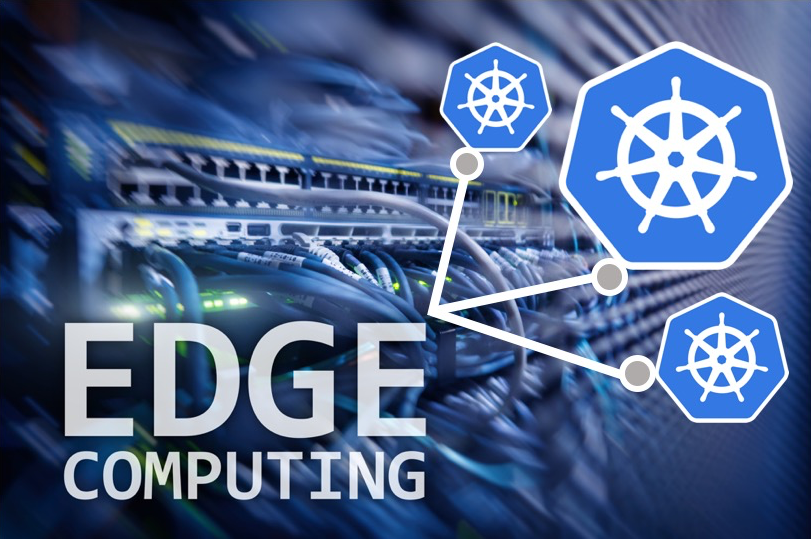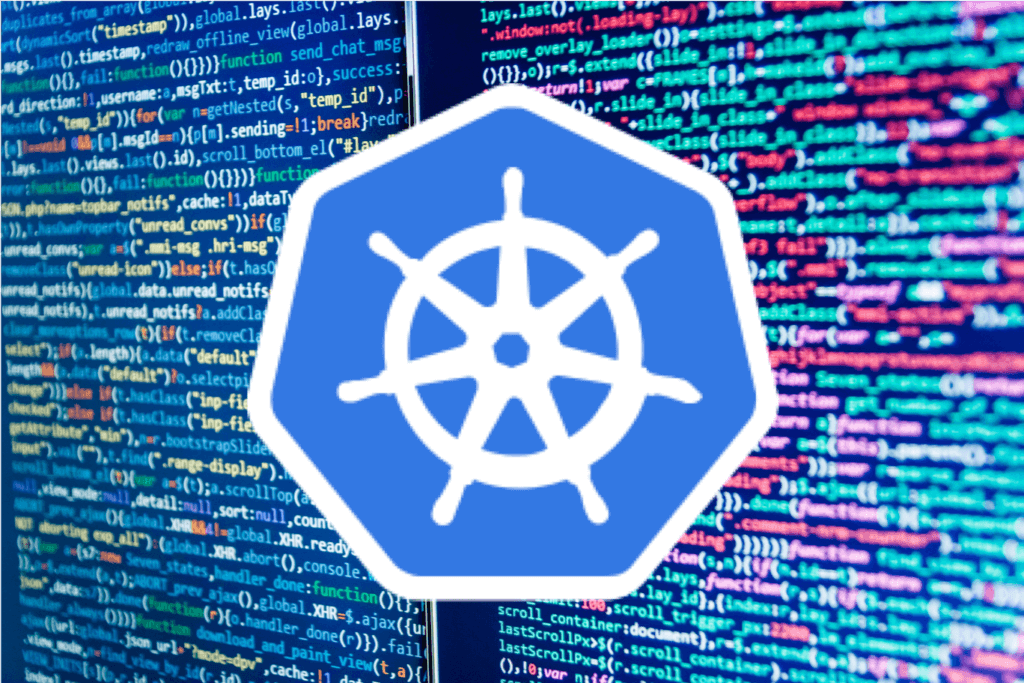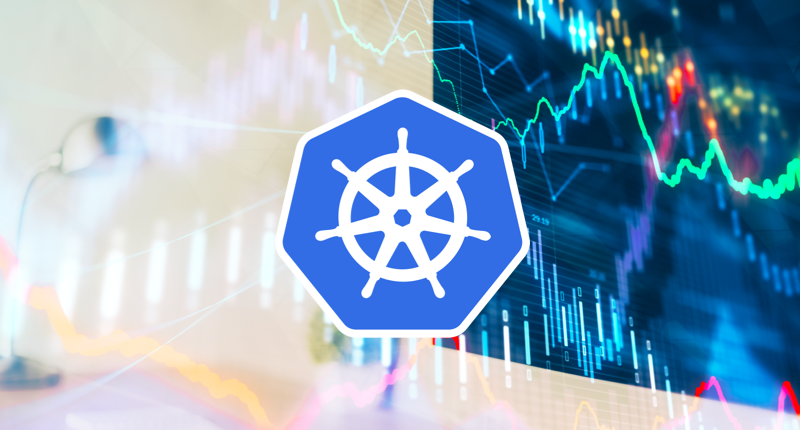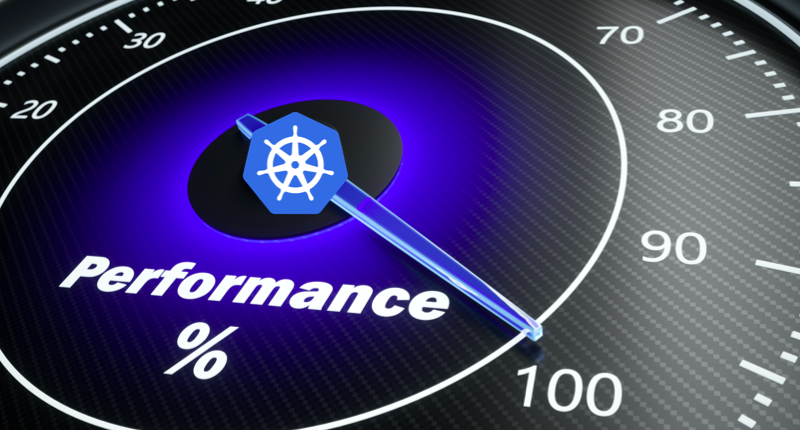Difference Between multi-cluster, multi-master, multi-tenant & federated Kubernetes
Just as there are many parts that comprise Kubernetes, there are multiple ways to go about Kubernetes deployment. The best approach for your needs depends on your team’s technical expertise, your infrastructure availability (or lack thereof), your capital expenditure and ROI goals, and more. There are multiple ways to scale a Kubernetes environment to meet












